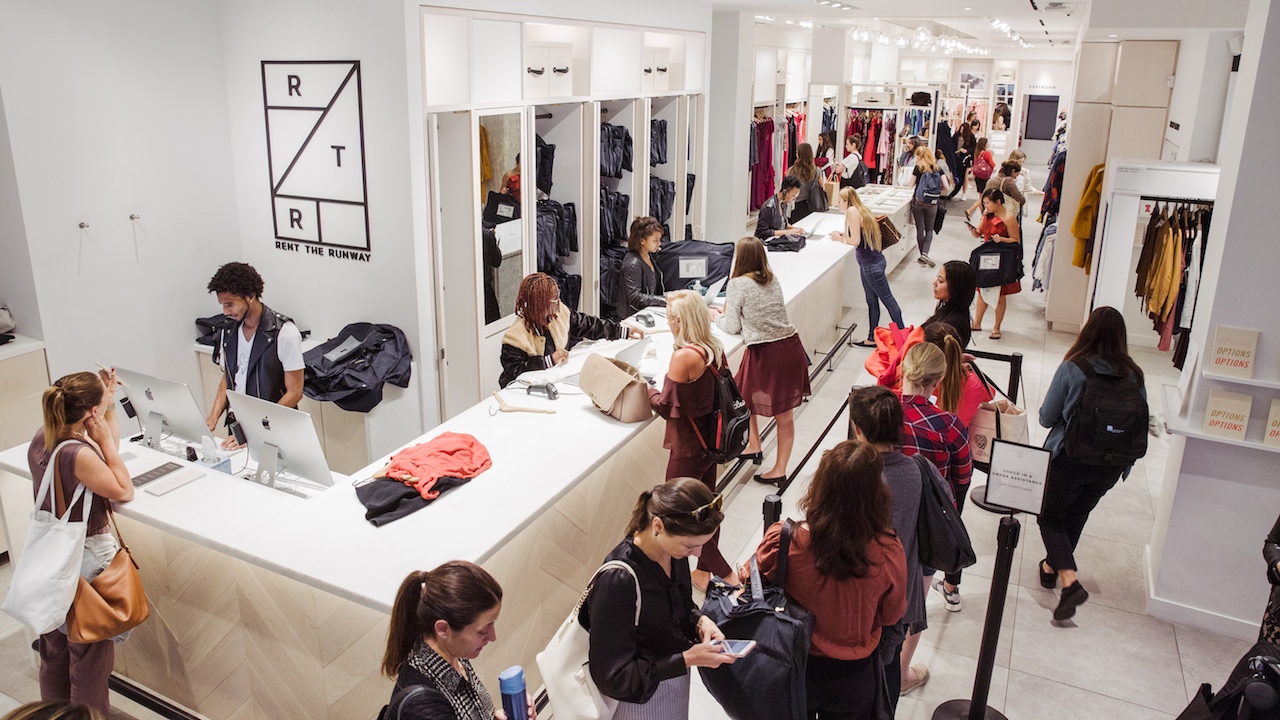Retail Store Closures New York, L.A. Due to Coronavirus Pandemic – WWD
Major retail chains this year significantly reduced their presence in the U.S., even in the shopping mecca of New York.
Chain stores have closed more than 1,000 locations this year in New York, according to research from the Center for an Urban Future, a nonpartisan think tank focused on the economy, based on data pulled from online store locators. The closures represent a more than 13 percent decline in major stores and retailers in the city, up from a 3.7 percent drop last year and a 0.7 percent dip in 2018.
Many closures in the apparel and accessories retail sector were driven by a wave of bankruptcies, like New York & Co., which closed 17 stores, and Modell’s, which closed 43. Those bankruptcy filings are generally driven by the coronavirus pandemic accelerating already obvious trends among consumers. But many retailers that have not filed for bankruptcy are reducing their New York footprint, too.
Thomas Pink, owned by LVMH Moët Hennessy Louis Vuitton, closed all three of its New York stores this year and now LVMH is looking to sell the business, as WWD reported. MAC Cosmetics, owned by The Estée Lauder Cos. Inc., has gone to just nine stores open, down from 34. Old Navy, owned by Gap Inc. and often singled out as the group’s top performer, has gone to 17 stores open from 23; the Gap brand has gone to 21 from 28; Victoria’s Secret has gone to 13 from 22; Brooks Brothers has gone to four from nine; Tumi has gone to 10 from 13, and Paul Smith has gone from four to one.
CUF found that Midtown was the area of New York most impacted by closures, largely due to its majority population of business offices and their workers going remote for most of this year. Many companies are now looking at early summer of next year as a possible return-to-office date, which will mean more than a year of the neighborhood being mostly empty. Union Square was also hit by store closures. The area is largely populated by buildings and dorms for New York University and The New School, both or which have been mainly closed to students for many months.
While some of these store closures may end up being temporary, most are likely to become permanent, at least for the foreseeable future. Even with a vaccine for the coronavirus starting to be rolled out at the end of this year, the consumer and economic effects of the pandemic, currently infecting and killing more people than at any time this year, are expected to linger well into 2021.
There were some retailers that decided and were able to increase store footprints over the last several months, surely being able to negotiate very favorable terms with landlords under the circumstances. Sephora added two stores, as did Lululemon, Foot Locker and Whole Foods, owned by Amazon.
But these are without a doubt the exceptions. In a September report, business review site Yelp said nearly 35,000 retail stores closed since March, with at least 60 percent of those closures being permanent. Another 16,500 businesses in the beauty sector have also closed, with at least 42 percent of those being permanent. In all business sectors, about 100,000 businesses have close permanently since the coronavirus pandemic started, with Yelp finding restaurants and retail being most affected.
“Similar to bars and nightlife, the share of permanent closures increased by 10 percent since July,” Yelp said in the report. “Both men and women’s clothing, as well as home decor, have the highest rate of business closures.”
And the rapid and forced adoption of online shopping is not set to make up for apparel retailers’ loss in physical shopping. Research firm e-Marketer estimates in a new report that retail sales in the U.S. will fall by more than 16 percent this year, representing a loss of $77.5 billion in sales. Growth in e-commerce for the sector is expected to be around 22 percent for apparel, but e-Marketer said the difference there is “significant,” given e-commerce is growing at a rate of more than 30 percent overall.
“With fewer occasions and gatherings this year, the need for a new wardrobe or outfit is completely gone,” Cindy Liu, a senior e-Marketer analyst, said.
However, a rebound to pre-pandemic levels of shopping is believed likely. If there are still enough places for people to shop.
It’s certainly not just New York seeing widespread closures of businesses and retail establishments. California, also a major state for retailers and home to the most malls, as well as the nation’s largest population, has among the highest rate of permanent business closures, with many in the major metro areas of Los Angeles and San Francisco, along with San Diego and San Jose. Yelp said roughly 20 businesses for every 1,000 in the state have closed since March, equal to 2 percent of all businesses.
In Los Angeles alone, close to 8,000 businesses have closed permanently, with as many listed as temporarily closed, according to Yelp. In San Francisco, 3,000 businesses have permanently closed, while another 3,300 have done so temporarily. In California as a whole, more than 19,000 businesses have closed with nearly 20,000 saying their closures are temporary.
In New York City, 7,100 businesses have permanently closed, with another 4,100 listed as temporarily closed. Statewide, New York has seen 6,400 permanent closures, with another 3,800 temporary ones.
The new coronavirus relief package passed by Congress that includes the opportunity for more businesses to receive forgivable federal loans under an expanded Paycheck Protection Program may help. The sudden demand that people get more stimulus by outgoing President Trump, who had ignored relief talks entirely, according to multiple reports, could stall the effort, however. Whenever a relief effort does come to fruition, it seems many business have already succumbed to roughly nine months of no additional federal relief for businesses or the consuming public.
For More, See:
What Have the Rich Been Up to During the Pandemic?
Retail Worker Complaints Over Coronavirus Safety Have Nearly Tripled
Imaginary Ventures’ Second Fund of $160M for New Crop of Upstarts





